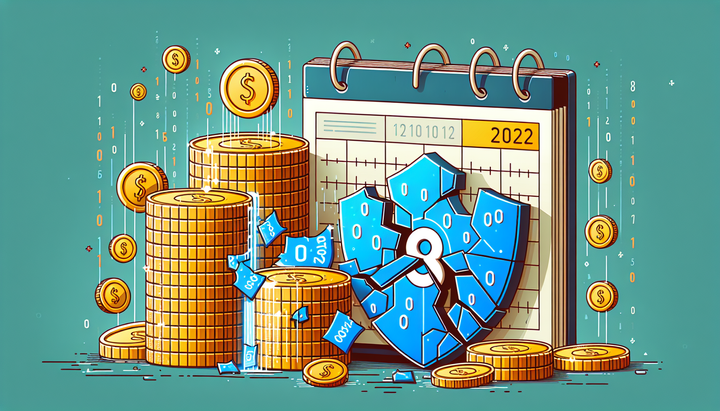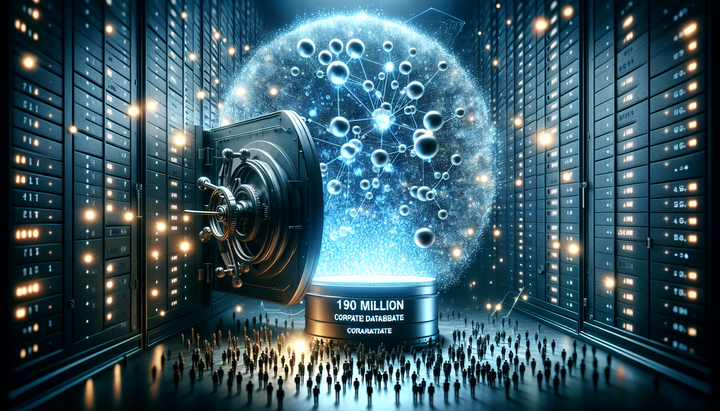The $10 Cyber Threat Responsible for the Biggest Breaches of 2024

Latest News on Stolen Credentials Attacks and Cybersecurity Threats
Stolen Credentials Attacks and Identity Theft
In 2024 and heading into 2025, stolen credentials and identity theft continue to be significant cybersecurity concerns.
Identity Theft and Misused Identities
- The majority of cybersecurity challenges are attributed to stolen, misused, or fake identities. Experts from Yubico emphasize that these threats can be mitigated through the adoption of robust cybersecurity tools such as multi-factor authentication (MFA) and phishing-resistant passkeys5.
Supply Chain Vulnerabilities
- The globalized nature of supply chains has amplified the risk of stolen credentials and other cybersecurity threats. Breaches in third-party software or vendors can lead to widespread disruptions, highlighting the need for rigorous Supply Chain Risk Management (SCRM) practices and the enforcement of Software Bill of Materials (SBOM) to enhance transparency and security2.
AI-Driven Attacks
- Cybercriminals are increasingly using Artificial Intelligence (AI) to automate attacks, including highly personalized phishing emails and deepfake scams. These AI-driven attacks often rely on stolen or compromised credentials to gain unauthorized access to systems2.
Snowflake Data Breach Analysis
While there is no specific recent news on a Snowflake data breach, the integration of Snowflake with other platforms like Marketo highlights potential vulnerabilities and challenges:
Data Integration Challenges
- Integrating Snowflake with marketing automation tools like Marketo can be complex and poses risks such as data latency, complex data pipelines, and data security concerns. However, solutions like Infometry’s INFOFISCUS Marketo Connector aim to simplify and secure these integrations, ensuring near real-time data synchronization and robust data security1.
General Data Security
- The importance of secure data management is underscored by the need for efficient and real-time data integration. Ensuring data integrity and security is critical, especially when handling sensitive customer information. This involves adopting robust integration solutions that minimize the risk of data loss or unauthorized access during data extraction and transfer processes1.
Cybersecurity Stolen Identity Threats
Trends and Predictions for 2025
AI-Driven Threats
- AI is at the center of the cybersecurity landscape, with cybercriminals using AI to automate attacks and security teams leveraging AI for predictive threat intelligence and incident response automation. This dual-use nature of AI necessitates balanced investments in both offense and defense strategies2.
Ransomware Evolution
- Ransomware attacks have evolved to include double extortion tactics, where sensitive data is stolen before being encrypted. This trend highlights the need for Zero Trust frameworks, robust backup strategies, and endpoint protection to mitigate these risks2.
Quantum Computing Threats
- The looming threat of quantum computing necessitates the transition to quantum-safe encryption to protect sensitive data from potential future attacks. Organizations should begin adopting quantum-resistant algorithms to future-proof their data2.
Zero Trust Adoption
- The adoption of Zero Trust architectures is on the rise, emphasizing continuous authentication, strict access controls, and micro-segmentation. This model assumes no user or device can be trusted by default, enhancing security in hybrid work environments2.
Recent Incidents and Trends
Fortinet FortiGate Devices Data Leak
- A recent incident involved a threat actor leaking configuration files and VPN passwords for over 2,500 Fortinet FortiGate devices on a cybercrime forum. This highlights the ongoing risk of data leaks and the importance of robust security measures for network devices3.
Data Security Investments and Acquisitions
- The data security landscape saw significant investments and acquisitions in 2024, with over $10 billion invested and 574+ funding activities between 2020-2024. This includes notable acquisitions by companies like Palo Alto Networks, CrowdStrike, and Fortinet, indicating a clear demand for enhanced data protection capabilities amid the AI boom4.
In summary, the cybersecurity landscape in 2025 is marked by evolving threats such as AI-driven attacks, ransomware evolution, and the looming risks of quantum computing. Stolen credentials and identity theft remain significant concerns, emphasizing the need for robust security measures like MFA, phishing-resistant passkeys, and Zero Trust architectures. As data integration and management become more complex, solutions that ensure secure and real-time data synchronization are crucial for maintaining data integrity and security.


